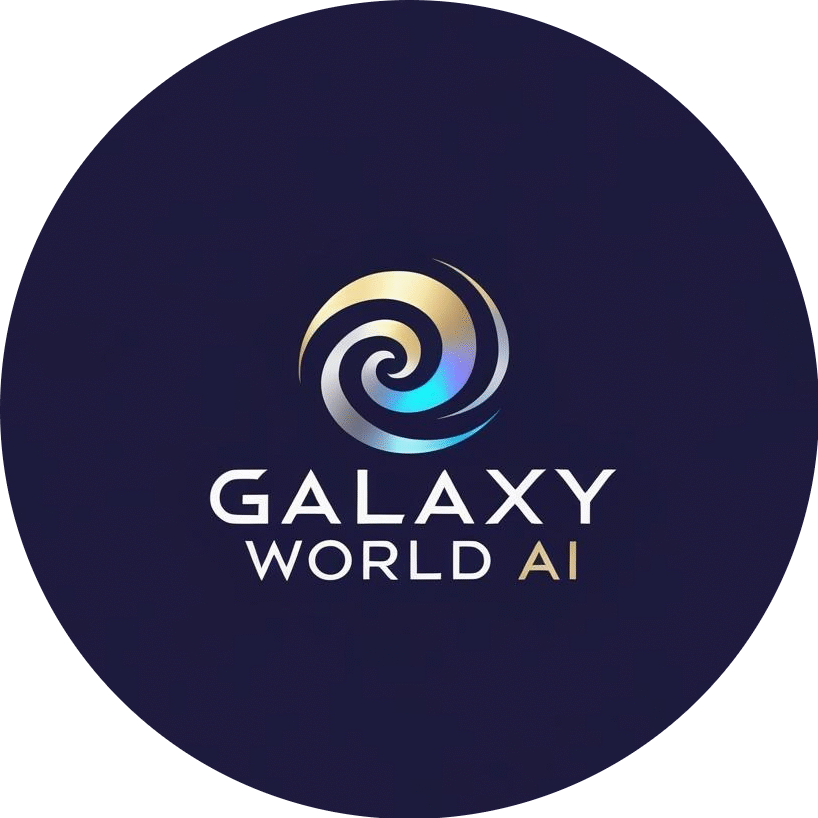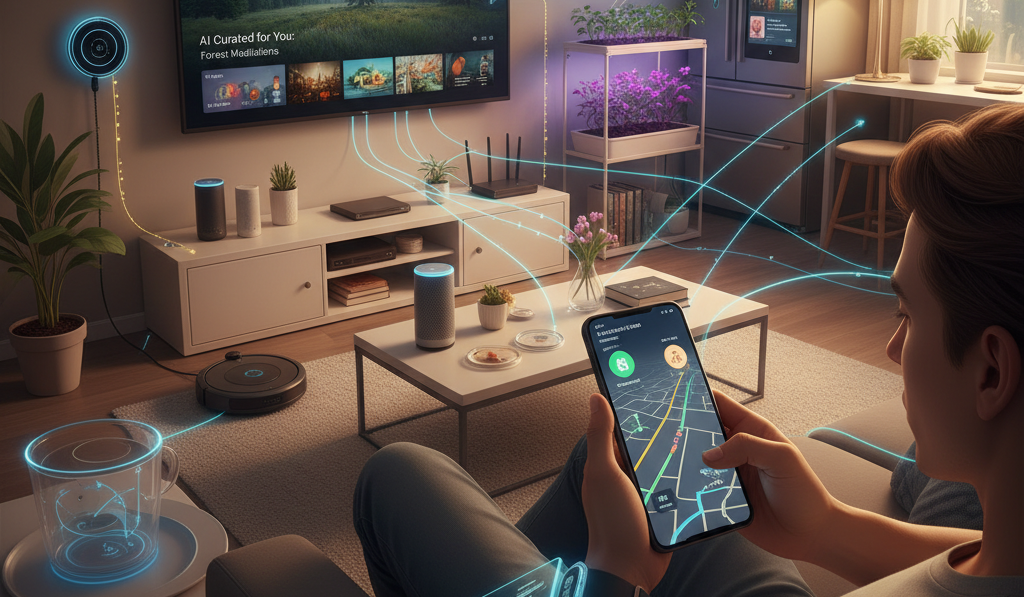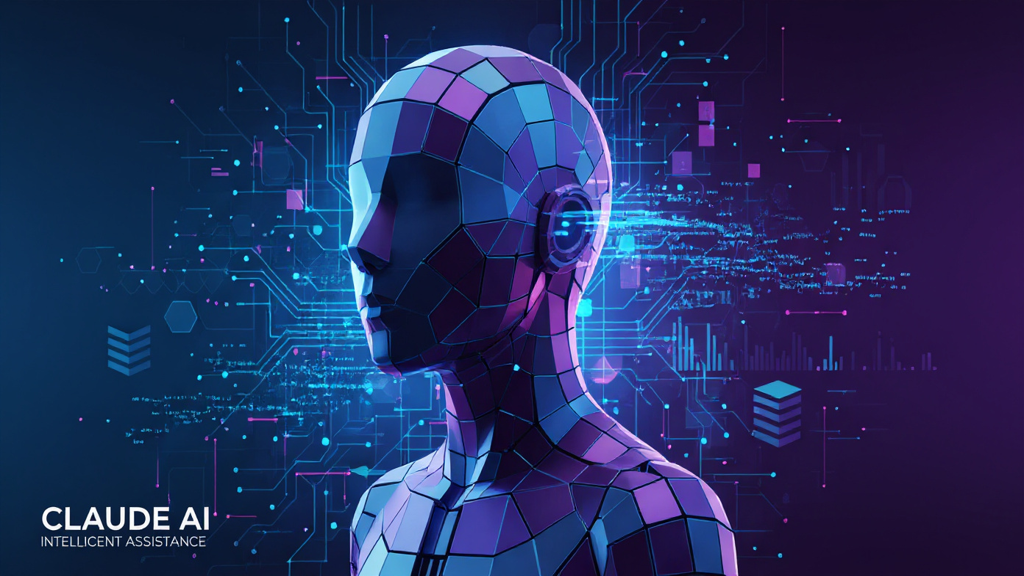When most people hear the term “Artificial Intelligence,” their minds still jump to sleek robots, talking machines, or Hollywood-style doomsday scenarios. It’s the kind of imagery that makes AI sound like something futuristic—something that belongs in sci-fi movies, not our everyday routines. But the truth is far quieter and, frankly, far more fascinating. AI isn’t just living in labs or on factory floors anymore—it’s right here, subtly shaping the rhythm of our days, often without us even realizing it.
The “Invisible” AI in Our Homes
Let’s start at home. Before you’ve even had your morning coffee, you’ve probably already interacted with AI a dozen times. That cheerful “Good morning!” from Alexa or Google Assistant? That’s AI interpreting your voice and fetching information in milliseconds. The predictive text that finishes your sentence in a WhatsApp message? Another subtle form of AI learning from your typing habits.
Even your favorite streaming platforms—Netflix, Spotify, or YouTube—are quietly powered by machine learning. They analyze your choices, your skips, your replays, and even the time of day you watch or listen, just to make smarter suggestions. What feels like coincidence (“Wow, this is exactly what I wanted to watch!”) is actually the result of countless algorithms working behind the scenes, learning your preferences more intimately than some of your friends might.
AI in Our Daily Commute
Now, think about how you get from one place to another. Whether you’re using Google Maps to dodge traffic or booking an Uber after work, AI is guiding your journey. Navigation apps analyze millions of data points in real time—speed of cars, traffic lights, road closures, even weather patterns—to find the fastest route. It’s not magic; it’s intelligent data crunching.
Meanwhile, ride-sharing platforms like Uber and Ola rely on AI not just to pair riders and drivers efficiently, but also to predict demand in specific areas and set dynamic pricing accordingly. These systems constantly learn and adapt—figuring out that Friday nights downtown are busier, or that a light drizzle spikes ride requests. What looks like a simple map interface is actually a complex AI ecosystem making city movement smoother, cheaper, and faster.
AI in Our Personal Health
Perhaps the most exciting—and personal—place AI shows up is in our health. Your smartwatch tracking your heart rate, sleep patterns, and step count isn’t just collecting data; it’s analyzing it. That’s why it can tell you when you’re under stress or when your sleep quality dips. AI transforms raw information into meaningful insights, nudging you toward better habits.
On a broader scale, AI in healthcare is helping doctors detect diseases earlier, personalize treatments, and even predict potential health risks based on lifestyle data. From the Fitbit on your wrist to the diagnostic systems in hospitals, AI is helping bridge the gap between prevention and cure—quietly saving lives, one algorithm at a time.
The Quiet Revolution
Here’s the irony: the most revolutionary part of AI isn’t the flashiest tech—it’s the invisible stuff. The everyday conveniences, the seamless experiences, the subtle optimizations. We don’t need humanoid robots walking our dogs to prove that AI has arrived. It’s already here—embedded in our phones, our homes, our commutes, and our health routines.
The beauty of this quiet revolution is that it’s human-centric. AI isn’t replacing our lives; it’s enriching them. It learns from us, adapts to us, and in many ways, reflects us. And maybe that’s the most profound part: the real future of AI isn’t about replacing humanity—it’s about understanding it.




